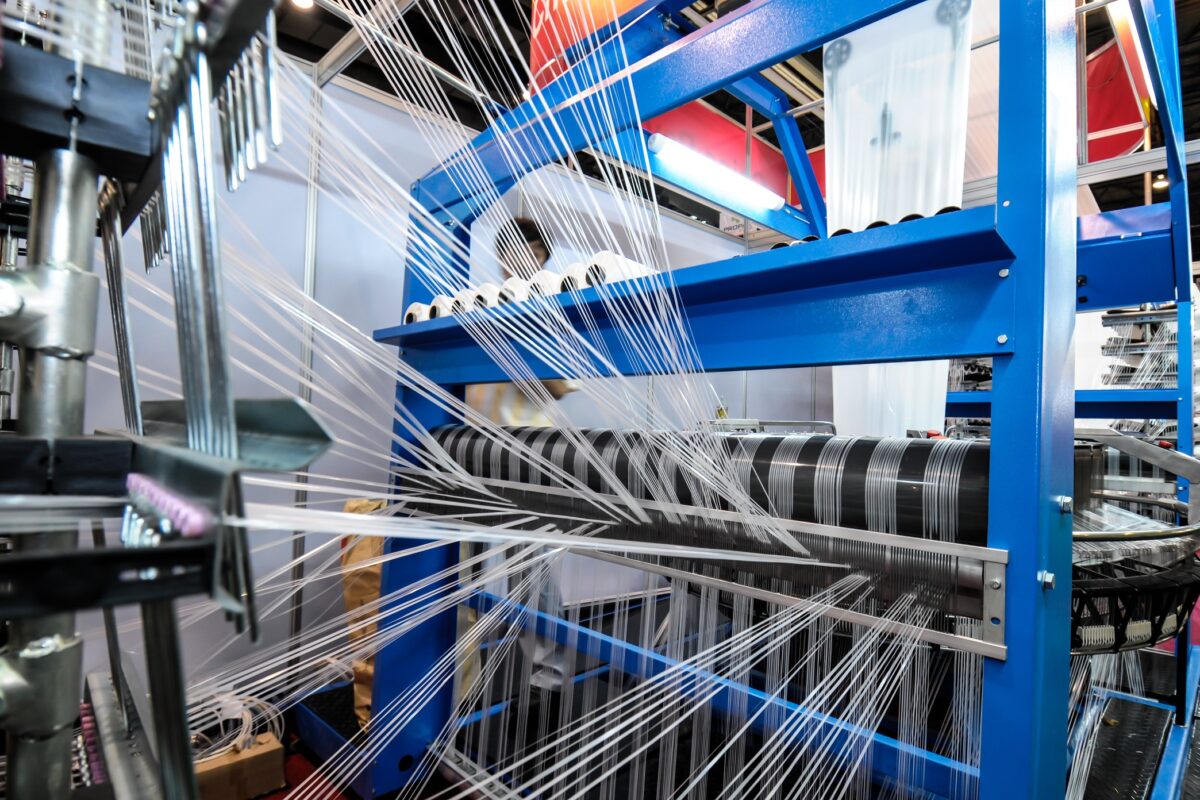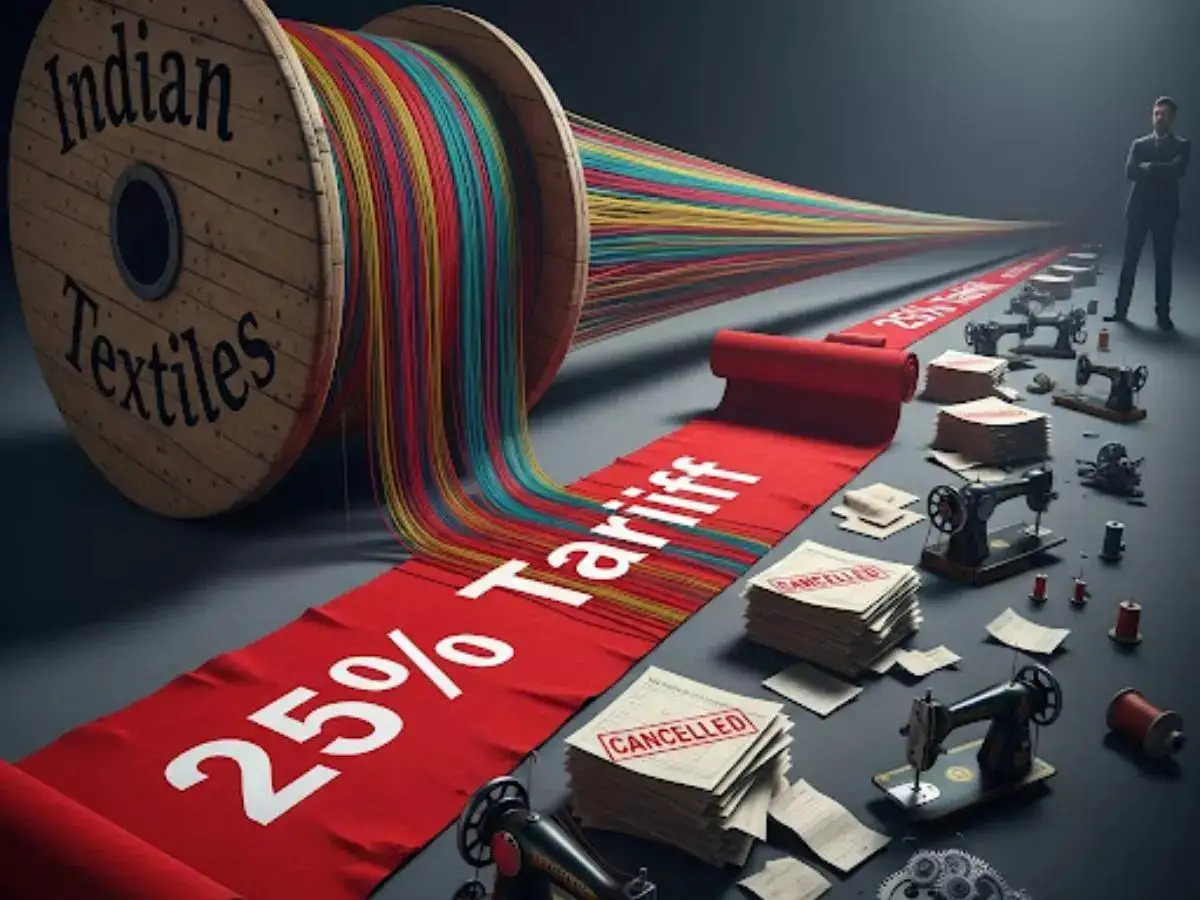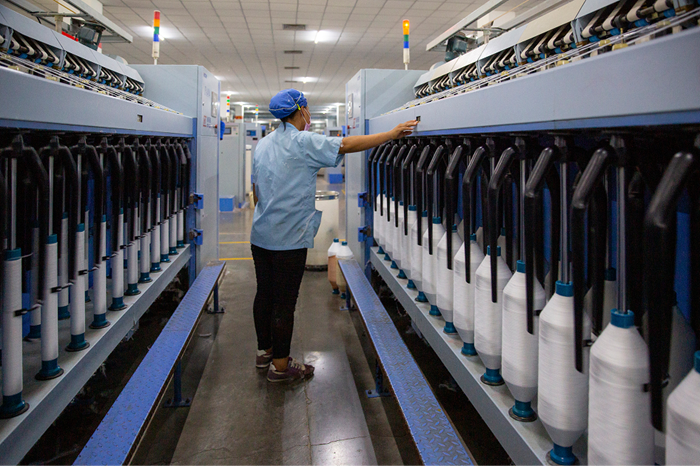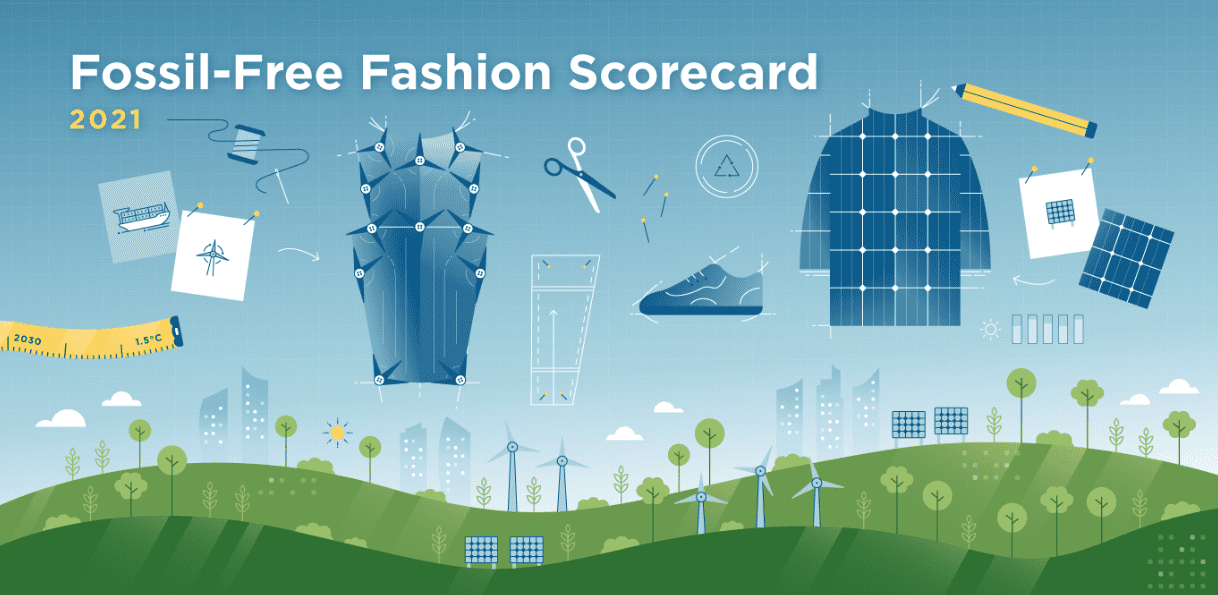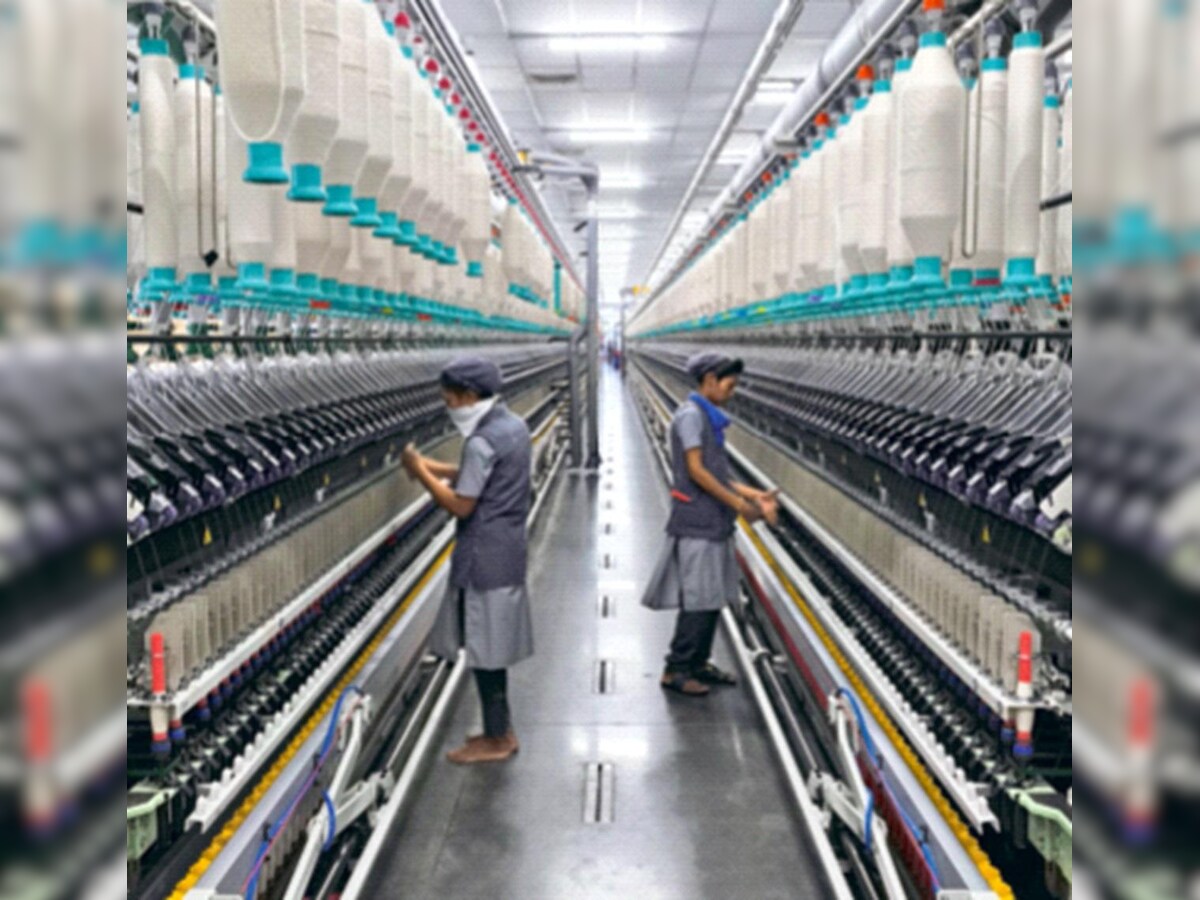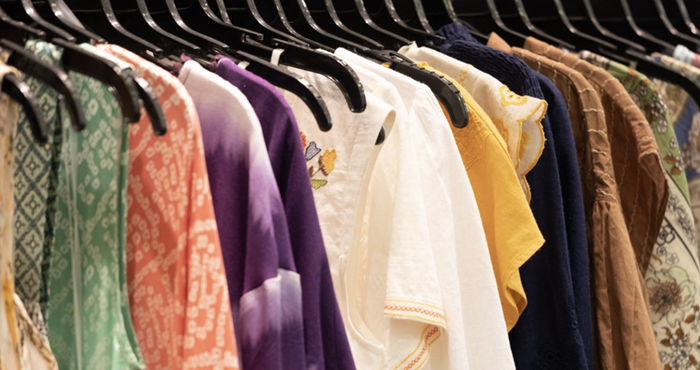"Kanoria Chemicals & Industries, which manufactures two million meters of denim fabric per month plans to ramp up its capacity to 27 million meters per month in the next three years. “We serve all mainstream brands such as: Otto Group, Inditex, TCP, TEDDY, H&M, Levis, VF Corp, and niche markets of the world with our wide range of denim,” Ashish Agarwal, Group CEO. KCIL produces denim fabric in the weight range of 4 oz to 15 oz. “Our fabrics are made of 100 per cent cotton denim, cotton stretch, cotton mercerised, cotton poly stretch, cotton rigid, over dyed,” he says. The company operational for the last two years also has a state-of –the-art plant in Ethiopia."
 Kanoria Chemicals & Industries, which manufactures two million meters of denim fabric per month plans to ramp up its capacity to 27 million meters per month in the next three years. “We serve all mainstream brands such as: Otto Group, Inditex, TCP, TEDDY, H&M, Levis, VF Corp, and niche markets of the world with our wide range of denim,” Ashish Agarwal, Group CEO.
Kanoria Chemicals & Industries, which manufactures two million meters of denim fabric per month plans to ramp up its capacity to 27 million meters per month in the next three years. “We serve all mainstream brands such as: Otto Group, Inditex, TCP, TEDDY, H&M, Levis, VF Corp, and niche markets of the world with our wide range of denim,” Ashish Agarwal, Group CEO.
KCIL produces denim fabric in the weight range of 4 oz to 15 oz. “Our fabrics are made of 100 per cent cotton denim, cotton stretch, cotton mercerised, cotton poly stretch, cotton rigid, over dyed,” he says. The company operational for the last two years also has a state-of –the-art plant in Ethiopia. The company’s product development team works round the clock to feed to large appetite of the fashion industry.
From a miner’s uniform to fashion garments
Talking about denim fabric trends in India, Agarwal says, “Denim fabric, in the last few decades has shifted from being the miner’s work wear to fashion product.” The fabric has undergone several innovations. The recent trend is of stretch comfort jeans with more structure in weaving for domestic market. International brands are opting for stretch fabrics, light weight and dark shades with coating, pitching, printing on high end fabrics. Recycle, cotton made in Africa, BCI are few sustainable denims in demand in the European market.
miner’s work wear to fashion product.” The fabric has undergone several innovations. The recent trend is of stretch comfort jeans with more structure in weaving for domestic market. International brands are opting for stretch fabrics, light weight and dark shades with coating, pitching, printing on high end fabrics. Recycle, cotton made in Africa, BCI are few sustainable denims in demand in the European market.
“Stretch denim usually incorporates an elastic component such as elastane into the fabric to allow a degree of stretchability,” Agarwal explains. “This requires dedicated effort which only a few out of the total 55 denim companies have. The rest merely copy the product from others,” he adds.
High scope for development
The scope for denim wear is increasing and its worldwide market share has increased unpredictably in the last few decades Agarwal points out. “India is a leading denim fabric manufacturer in the world with a capacity of about 1,500 million meters per annum. The country’s denim fabric manufacturing capacity, in 2006, was 260 million meters per annum and currently is 1,500 million meters, with another 150 million meters in the pipeline, currently 75 to 85 per cent of the capacity is consumed domestically ,” he informs
Demand-supply gap
The country has about 55 denim fabric mills with a capacity ranging from 10 million meters per annum to 110 million meters per annum. Almost 85 per cent of this is dominated by men, with 10 per cent coming from women segment and 5 per cent kids segment. Of late, denim production is more than demand, creating a push rather than pull situation. “To add to this, GST and demonetization has impacted the business. However, demand will increase every year by not less than 10 per cent CAGR,” Agarwal observes.

